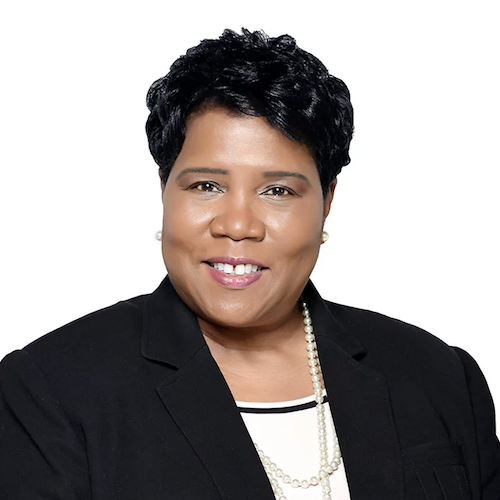Editor’s note: Dr. Long and her team at Long Educational Consulting, LLC, will be hosting a free webinar for Curriculum Trak schools on June 29, at 1:30 PM (Eastern) entitled “How to Successfully Launch and Sustain a Curriculum Mapping Effort.” Dr. Long will provide some recommended steps and practices followed by a time of Q&A. Click here to register. This event will be recorded for those who are unable to attend. If you would like to learn more about what Dr. Long believes should encourage faith-based schools to strive for excellence, click here.
One of the goals that I hoped to achieve before my second retirement was to facilitate the development of Curriculum Guides for each content area within our school. In my previous blog post, “The Start of the Journey: The Curriculum is More Than a Textbook,” I shared that when planning and preparing curriculum mapping professional development for our teaching staff, it was vital that “I began with shifting teachers’ mindsets from the textbook to a rich and more robust curriculum.”
Shifting the teachers’ mindsets from the textbook to curriculum mapping was not a difficult task once we began to discuss curriculum design and those areas we all agreed on. Early on, I learned that only God could change the mindsets of His children. So, through prayer and faith, I was reminded of the power of agreement (Mt. 18:19, 1 Cor. 1:10). Everyone agreed that we wanted our students to leave the school spiritually, emotionally, and intellectually equipped to compete at every level. Everyone agreed that our students had to be able to boldly “stand” in who they are as children of the most-high God. Everyone agreed that we wanted our students to confidently apply to and be accepted into the most prestigious colleges and universities. Everyone agreed that we wanted our students to finish strong and produce a return on the investment made by their families, Church, and communities. After identifying the areas of agreement, the collaborative work began to obtain the expected results.
The next steps involved assessing our academic program for vertical alignment. (We didn’t really have a curriculum yet). That was a tremendous eye-opener for us all! Administrators and teachers were able to see the instructional overlap, content redundancy, grade level gaps, missing instructional strategies and skills, and content inconsistencies at every grade level. Powerful collegial engagement and interactive discussions took place without judgment, blame, or reprisals. This non-threatening learning environment was instrumental in arresting the attention and changing the mindset of every teacher. There was now an obvious purpose and reason for change!
Since everyone was ready and willing to shift their thinking, it was imperative that we planned our academic program with the end in mind. Each grade level’s curriculum document had to be designed to prepare students for college and career success, spiritual and academic encounters, and adversities that would challenge their faith. With these thoughts in mind, professional learning communities (PLC) were developed based on early childhood, elementary, middle school, and high school content areas. Within these learning communities, teachers were energized to vertically align their curriculum documents based on grade-level standards by collaboratively determining content, strategies, and skills to be taught. The PLC also enabled grade level and content area teachers to develop consistent academic language and vocabulary.
Before taking on the challenge, there were questions to consider and address regarding the curriculum developers:
- Are developers or teachers assigned to courses within their major or knowledge base? If not, how will you ensure that they obtain the necessary training/skills for learning the content that will comprise the curriculum guides?
- Will you have a curriculum team or teachers as developers?
- Will the developers consist of someone from each content area?
- Will content curriculum documents be developed simultaneously or one-by-one?
- Is quality time allotted during the summer months for professional development?
- Has training been provided on the school-wide outcomes and standards that will guide all curriculum mapping projects?
- Have developers/teachers been trained on research that identifies best instructional practices and methods?
- Have specific instructional strategies and skills been identified that will cross all disciplines?
- What textbooks and technology will be utilized? Has training been provided?
As administrators, we realize that content area, robust and rigorous curriculum guides require a great deal of work. However, it is possible for them to be written and completed through the collaborative efforts of Christian school educators. Keep in mind that curriculum guides need: 1) a clear Biblical worldview that is anchored in the Word of God; 2) content, strategies, and skills grounded in educational research; and 3) organizational, national, and state standards that ensure college and career readiness.
Once you have prayed for God’s guidance, trust the Holy Spirit to lead and assist your team. With adequate training, planning, and preparation, you can expect to develop well-written curriculum guides that meet the criteria for rigorous Christian education.
Photo by Kindel Media




